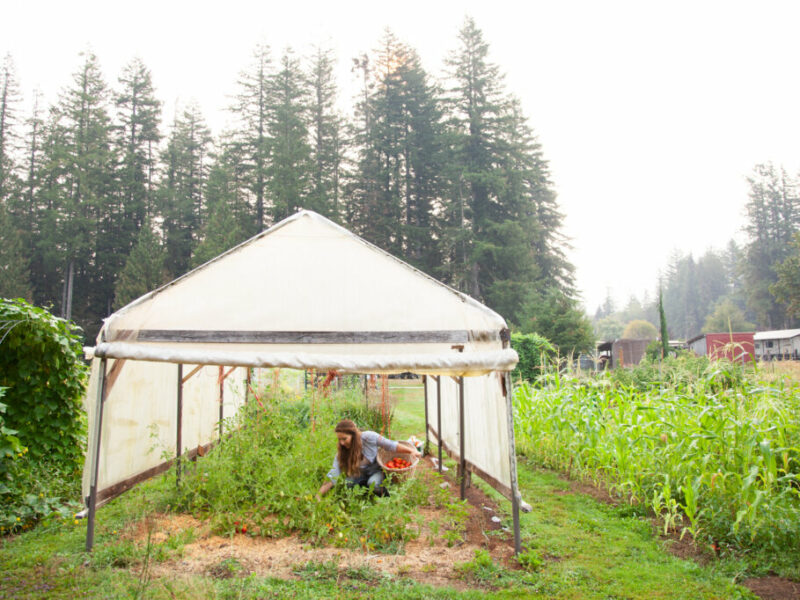Maximizing Your Backyard Garden: A Comprehensive Guide by Melissa K Norris
1. Planning Your Food Needs
To ensure a bountiful backyard harvest, Melissa K Norris emphasizes the importance of meticulous planning. Begin by reviewing last year's harvest, taking note of what was plentiful and what was lacking. Utilize planting records and document your consumption habits for a month to inform your crop selection.
2. Focus on High-Yield Crops
Prioritize crops that produce multiples per plant for a higher yield. Melissa suggests considering space efficiency, such as the difference between a clove of garlic and a bean plant. High-yield crops include beans, berries, fruit trees, peas, peppers, potatoes, tomatoes, and various squash varieties. Opt for storage varieties of potatoes and onions and consider climate suitability and preservation methods.
3. Understanding Frost Dates and Plant Varieties
Determine average frost dates and gardening zones to choose appropriate perennial plants. Select varieties based on your growing season and the time needed for germination and harvest. Adjust planting times accordingly, and consider factors like whether the plant can be preserved or if adjustments need to be made, such as starting tomatoes indoors.
4. Choosing the Right Plant Varieties
Consider the climate and the length of your growing season when selecting plant varieties. Ensure that your choices can withstand your area's lowest temperatures and avoid planting perennials that won't survive winter. Adapt to your local conditions, and choose varieties that match your region's frost dates.
5. Soil Health for Stronger Harvests
Maintain optimal soil health by understanding the pH levels required for different crops. Differentiate between fruits and vegetables, and use aged manure to avoid nitrogen burn. Incorporate compost for micro and macro nutrient enrichment. Use cover crops and mulch to promote year-round soil health, as bare soil can hinder growth.
6. Crop Rotation for Disease Prevention
Implement crop rotation to organically combat diseases. Melissa advises rotating plants in the nightshade family to prevent blight. Avoid planting tomatoes, potatoes, eggplants, and peppers in the same spot for at least three years to minimize soil-borne diseases. Indoor covered areas are suitable for rotation, but outside locations should be treated with caution.
7. Companion Planting for Abundance and Pest Control
Boost your garden's abundance and reduce pest issues through companion planting. Introduce bio-diversity and pollination-friendly plants, and use trap crops to draw pests away from your main crops. Melissa recommends interplanting yellow and orange nasturtiums with brassicas to repel cabbage bugs. Lady bugs eat aphids. If you want lady bugs in your garden, plant dill. Lady bugs are attracted to the dill blossom.
8. Vertical Planting for Space Optimization
Explore vertical gardening to maximize space. Use structures like arbors for grapes, cattle panels for beans, and stackable containers for various plants. Melissa suggests indeterminate tomatoes, summer squash, and winter squash as excellent vertical crop choices. This method not only saves space but also provides protection from overhead water. Summer squash includes cucumbers, pattypan, and zucchini. Examples of winter squash are butternut, acorn, and sugar pie pumpkin.
9. Creating a Comprehensive Garden Plan
Develop a well-thought-out plan that includes seed starting, starts, direct sowing, succession planting, and intercropping. Melissa emphasizes the importance of strategic planning to optimize your garden space and ensure a continuous harvest throughout the growing season.
-----------
Melissa K Norris offers invaluable insights for transforming your backyard into a productive and thriving garden. Follow these guidelines to plan, plant, and cultivate a garden that will yield a variety of delicious and nutritious crops throughout the year. Her webpage is www.MelissaKNorris.com

No comments:
Post a Comment
Please leave a comment. No anonymous posts.